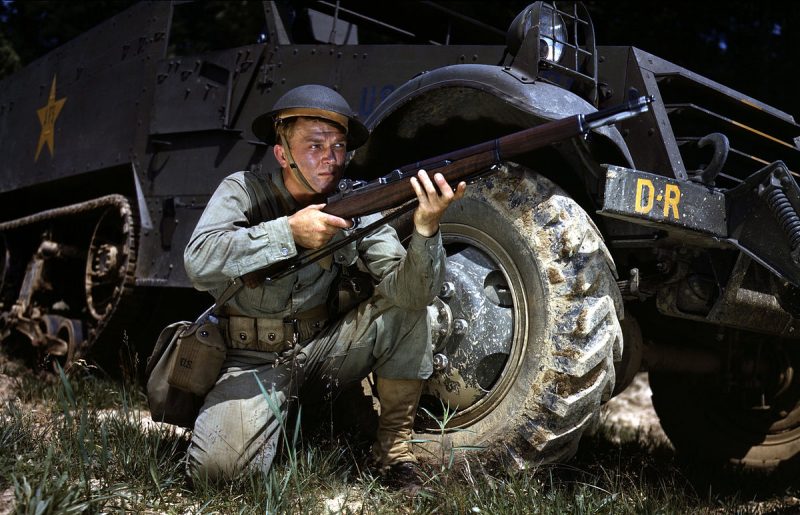An M1 Garand left behind when a group of US Marine Raiders attacked Japanese occupied Makin Island on August 17, 1942, is being restored for long-term preservation.
Eight months after Pearl Harbor and weeks after the fall of Corregidor, the US Navy was preparing to engage the Japanese at Guadalcanal. As part of the assault, the 2nd Marine Raider Battalion, known as “Carlson’s Raiders,” was to launch a diversionary strike on the Makin Atoll.
The Marines were delivered to the island in two submarines, the USS Argonaut and the USS Nautilus. By day’s end, they had destroyed the garrison, sunk two Japanese boats, and destroyed two of their planes. Nineteen Marines died in that battle and were left in graves on the island.
In 1999, the U.S. military went to back Makin, now known as Butaritari and part of the island nation of Kiribati, in order to recover the fallen Marines and bring them back to the States. Thirteen of them are now interred in Arlington National Cemetery.
The M1 Garand in question was found in one of the graves. It was first checked by an Explosive Ordnance Disposal team to make sure it wasn’t loaded; then the rifle was sent to the Naval History and Heritage Command’s Underwater Archaeology Branch at the Washington Navy Yard.
Archaeologists are planning how best to restore the rifle before it goes on display at the Raiders Museum at the Marine Corps Base Quantico. The rifle spent 50 years buried in wet sand and is badly corroded as a result.
